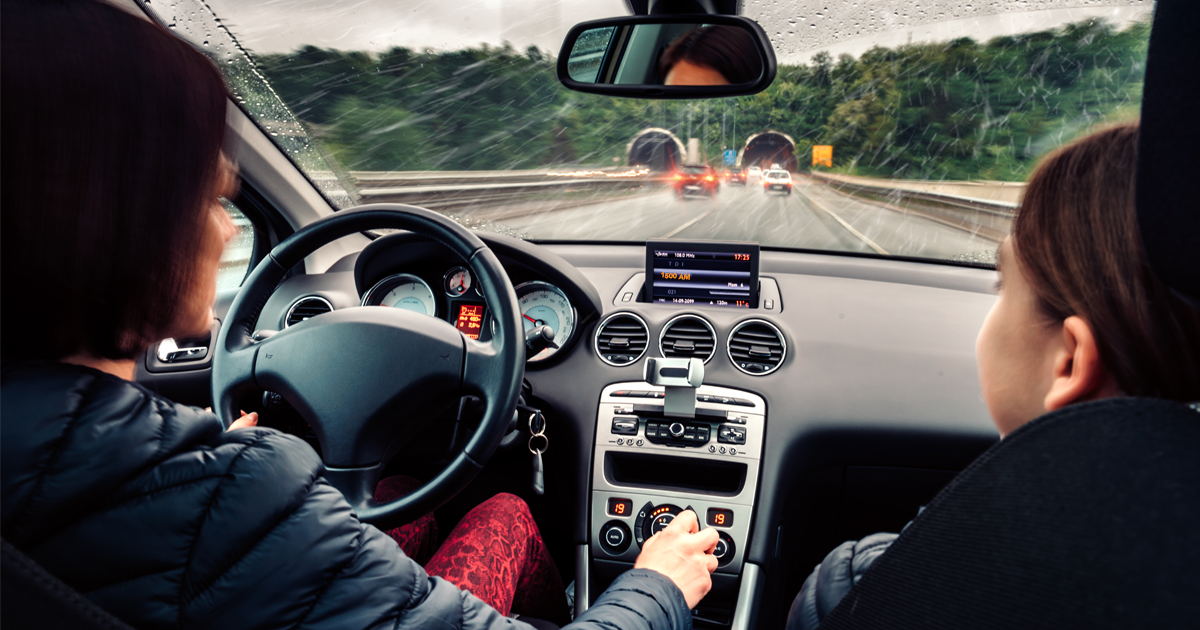From reporting the latest weather updates and providing vital emergency warnings to covering the local high school football game, communities across the country depend on AM radio.
In small and rural markets and major cities such as New York, Los Angeles, Chicago, Boston and Atlanta, AM stations are among the most popular for news, sports, entertainment and weather. Over 80 million people in the U.S. listen to AM radio each month, according to Nielsen.
AM radio also plays a vital role in connecting Black, Asian and Hispanic communities with stations that serve these audiences with niche and in-language programming.
With its unique ability to reach a wide geographic area, AM radio offers many Americans struggling with poor, or non-existent, cellular and broadband coverage a chance to stay connected.
Despite this, some auto manufacturers have begun discontinuing AM radio from the dashboard. Public safety officials, policymakers, consumers and broadcasters alike have been sounding the alarm on the public safety consequences for removing AM radio from cars. As the backbone of the nation’s Emergency Alert system, Americans depend on AM radio to disseminate timely, urgent information.
Recently, seven former FEMA administrators sent a letter to Transportation Secretary Pete Buttigieg stressing the public safety imperative of keeping AM radio in vehicles.
A growing number of policymakers in Washington are leading the charge to stop the removal of AM from cars by engaging with auto manufacturers and relevant federal agencies. Sen. Ed Markey (MA) sent a letter to automakers urging the inclusion of AM radio in future models and sharing its critical function during dangerous weather events and natural disasters. Rep. Josh Gottheimer (NJ-5) announced a series of steps he is taking to ensure all cars have AM radio. FCC Commissioner Nathan Simington has said that the Commission “should make clear the vital importance of AM radio.”
Learn more about what you can do to help keep AM radio in the car.





